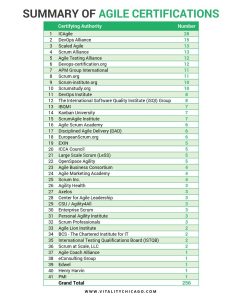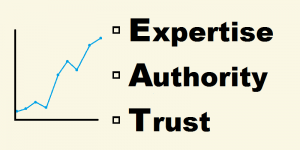 By Rachel Clapp Miller, Published October 31, 2014
By Rachel Clapp Miller, Published October 31, 2014
Hitting your quarterly sales goals can be an arduous task. If you don’t have the right mindset, process and tools, the consequences can be downright spooky.
Here are five things that scare most sales leaders and if you are experiencing the same problems, what you can do about it.
1. Your sales team has a lack of understanding when it comes to your value and differentiation.
Without an understanding of value and differentiation, your sales organization doesn’t have the ability to articulate the benefits of why a prospect should do business with you. As a result, your prospects have no reason to buy from you over your competitors. Here are some ways to tell if your sellers are struggling with your value and differentiation message:
- Do they sell on features vs. business value?
- Are they selling too low in the organization?
- Are negotiations based on price instead of value?
If you answered yes to any, or all, of the above, you need to create value-based messaging for your sellers to use, and go to work using it consistently throughout your company.
Ask yourself:
- What problems do we solve for our customers?
- Specifically, how do we solve those problems?
- How do we solve those differently or better than everyone else?
The answers will reveal your value drivers, and differentiators and, when put to use with your prospects, will result in higher competitive win rates, an increase in average deal size and greater deal margins.
2. Your organization is lacking a repeatable sales process that’s used consistently
Without a repeatable sales process, you don’t have the ability to qualify, advance, and close opportunities consistently. Are you experiencing these chilling occurrences on a regular basis?
- Reps taking shortcuts during the sales process
- Frequent losses to “no decision”
- Lengthy sales cycles
- Inconsistent opportunity qualification criteria
If so, it’s a good indication that you’re lacking a repeatable sales process. To create one, consider these questions:
- How aligned is our selling process with our customer’s buying process?
- How do we ensure opportunities are qualified?
- How do we ensure reps don’t skip sales steps?
- What are the customer outcomes that move an opportunity to the next sales process stage?
By building a process from these answers, you’ll begin to see an increase in qualified leads advancing through the sales funnel.
3. You lack line-of-sight into critical sales planning activities
Without a sales planning process in place, your sales leaders lack the ability to coach your sales team on leveraging potential opportunities within their territories. You can’t hope to achieve increased sales and overall business growth when these hair-raising problems happen frequently:
- Reps missing quota goals
- Inaccurate revenue forecasting
- High percentage of deals closing late in the quarter
- Inadequate territory & account penetration
The good news is that you can ward off the spirits of poor sales planning with… good sales planning. Spend some time determining:
- How do reps build their pipeline?
- How do reps ensure that they achieve their quarterly and annual quota goals?
- How well are we covering our territories?
- How well are we covering our key accounts?
- How accurately do we forecast revenue?
When you improve your sales planning process with this kind of a focus on building your sales pipeline, you’ll enjoy higher quota attainment, healthier pipelines and more cross-sells and up-sells.
4. You’re not sure if you have the right people on your sales team
Perhaps one of the most horrifying sales problems of all is the inability to recruit, hire, develop, and motivate sales talent. The result is a tangled web of organizational nightmares such as:
- Frequent mis-hires
- Loss of key talent to competition
- Lengthy time to productivity
- Insufficient bench strength for growth
- Low accountability for performance results
Fortunately, you can escape this snare by building a foundation for a strong sales hiring process. Ask these essential questions:
- What does success look like in a role?
- Why have we hired the wrong people in the past?
- Why do we lose key talent to the competition?
- Why would someone want to work here?
- How do we hold people accountable for results?
When you hire people based on clearly defined roles, responsibilities, and behaviors, you’re able to hire talent that understands your expectations, demonstrates “best-in-class” behaviors, sets development goals and mentors others without being asked.
5. You have great processes and tools, but no one is using them.
Each one of the four points made above are important by themselves. But without the ability to drive their use on your team, your organization will experience alarming frustration with:
- Ongoing investment into sales improvements that never stick
- Inability to move your entire team toward the same goals
- Consistency in closing your most profitable sales opportunities
Begin working on adoption and reinforcement of a holistic sales process by asking yourself these essential questions:
- What are your goals for implementing a sales improvement initiative?
- What is your bandwidth to be able to pull off this kind of transformation?
- Which business leaders need to be aligned with your new initiative to push it forward?
- How will you reinforce organizational adoption of this new process?
By finding a way to implement company-wide sales transformation, you’ll quickly begin to see improvements in overall alignment and the ability to set and meet higher sales goals.
Business Articles | Business 2 Community
(370)
Report Post









